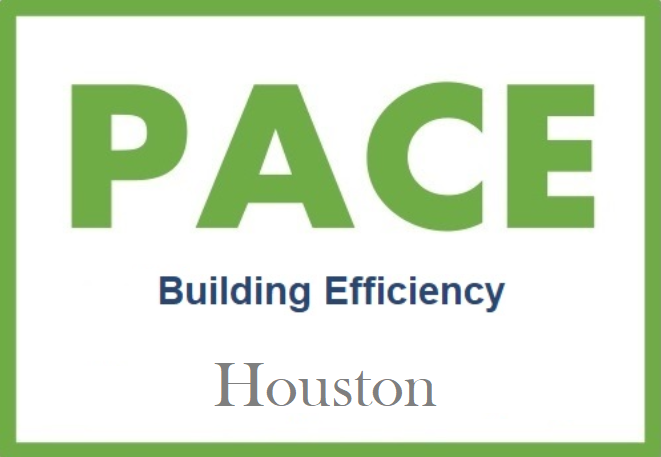In this interview, Mr. Gerald Hines discusses the business case for energy efficiency. Filmed on October 10, 2014 at Rice University, Mr. Hines used One Shell Plaza as an example of: building for the future, building with excellence and building with the goal of energy efficiency. This applies both to a building's operations and to a building's value upon its final liquidation or sale.
Built in 1971, One Shell Plaza became the tallest concrete building in the world and remains the tallest lightweight concrete building to this day. In One Shell, Hines used reflective glass while wondering if the public would accept it. They took a chance. The public did accept this energy saving innovation and their tenant, Shell, became an investor.
Mr. Hines grew up in Gary Indiana where gravity furnaces were used but in this building they used very low pressure duct work. The required 2.4 foot ceiling space gave them the room to upgrade throughout the years. Today (in new buildings) Hines adds one foot of under each floor to enable the building to keep up with future technology. Mr. Hines noted that "just keeping a building in play for 100 years is an energy saver."
With respect to the meticulous maintenance for which Hines buildings are noted, Andy Kitchens remembered that when the One Shell chillers were finally replaced, that they were spotless. Mr. Hines noted they were so clean you "could eat off of them".
For advancement in building design, engineering and energy efficiency, Hines brought in-house the best structural, mechanical, electrical and curtain wall experts to supervise work done by talented local partners. Completed projects are also rigorously evaluated. (Writer's note: This is similar to the way PACE loans require both a pre-project engineering assessment done by an MEP engineer and a post project engineering review by what is called an Independent Third Party Reviewer.)
Against a backdrop of excellence in everything from structure to energy efficiency, Gerald Hines said "When we decide to sell a building we get the best cap rate, which means the best price, for the same income that someone else would have because we have good efficiency in the way the building operates - mechanically, heating and cooling ... and people know it is ... either Gold or Platinum [LEEDS] - and that means something; and today financial institutions are limiting their financing to only good buildings [with] ... higher rating[s]."




